2023 ACORE Grid Forum Highlights Near-Term Gaps and Long-Term Priorities for the American Grid

The American Council on Renewable Energy (ACORE) hosted the 2023 Grid Forum overlooking the nation’s capital from Arlington, Virginia, convening leading grid experts for discussions of the near-term gaps and long-term priorities for grid infrastructure to maximize the deployment of renewable energy.
After more than a year of working to implement the landmark Inflation Reduction Act (IRA), it is becoming clear that the true potential of the law to accelerate the renewable energy transition has not yet been unlocked. ACORE President and CEO Gregory Wetstone emphasized in his introductory remarks that “the most important and difficult obstacles” hindering the clean energy transition are associated with the outdated electrical grid. Speakers at the ACORE Grid Forum detailed many of these obstacles and highlighted potential solutions to modernize the American electricity grid.
Transmission Planning
Several speakers called for improved regional and interregional transmission planning throughout the day, noting that improved planning processes would also help address the backlog of projects sitting in regional interconnection queues across the country.
The Federal Energy Regulatory Commission (FERC) is working on a transmission planning and cost allocation rule that, once finalized, would require grid operators to conduct long-term regional planning on a more forward-looking basis.
“The most important thing we can do on that front is get a regional transmission system planning rule done and align our interconnection process with our regional planning process,” said FERC Commissioner Allison Clements. “If we finalize that, we have a chance at moving system planning out from under this ill-suited interconnection process…It’s not working.”
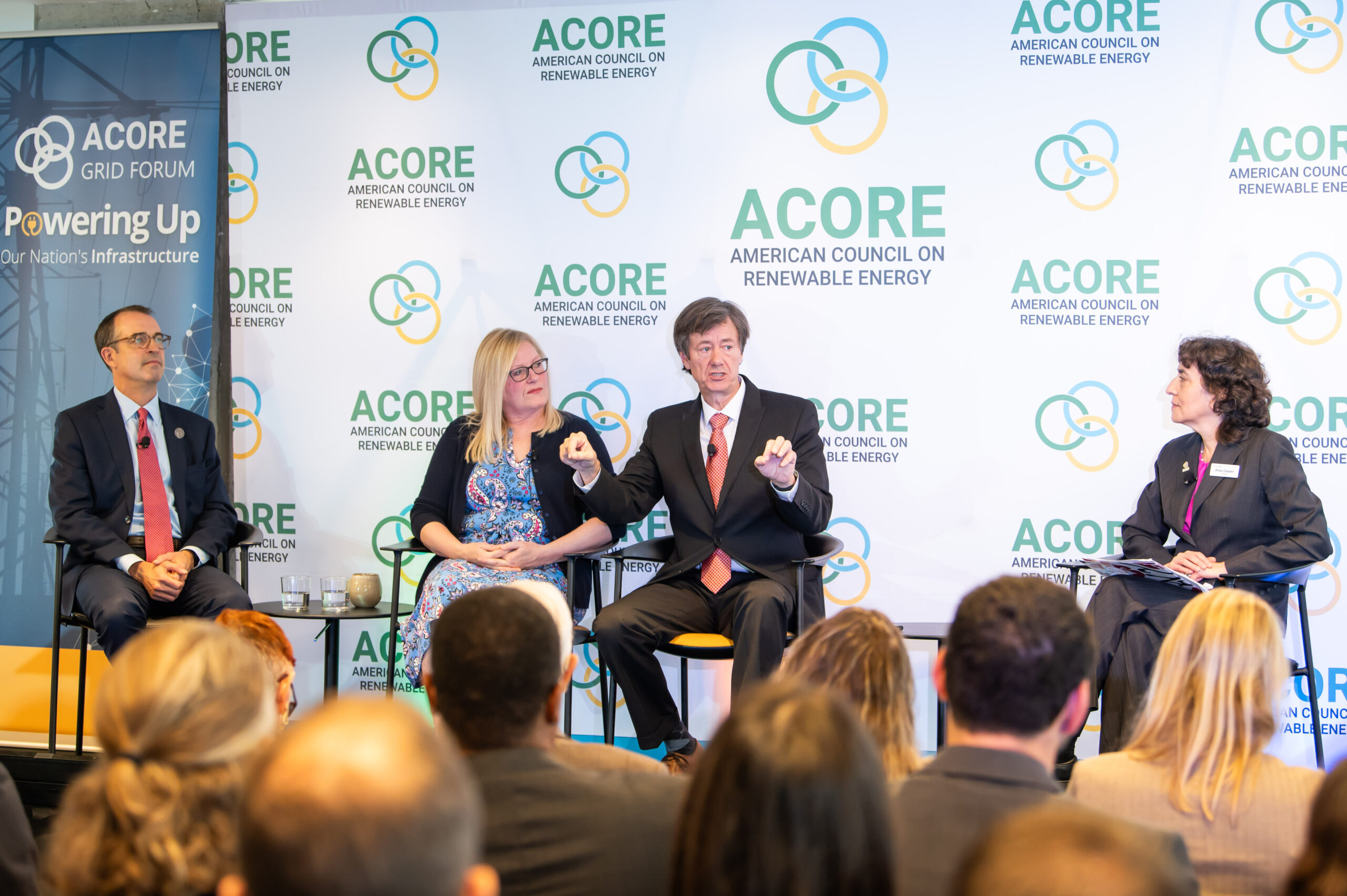
Rob Gramlich, Founder and President of Grid Strategies, expressed how the U.S. must proactively plan transmission projects rather than rely on the markets to drive their development.
A common theme throughout the day was how large new transmission projects will promote reliability and save consumer dollars in the long term in ways that small incremental projects cannot.
Instead, the U.S. is “building projects through very opaque and nontransparent local planning processes that add a lot of costs to our bills,” said Google’s Brian George. “Those projects need to be moved into regional planning processes.”
By failing to fully plan for future transmission needs, grid operators’ planning processes have led to an underbuilt transmission system, which has caused interconnection challenges in the Southwest Power Pool (SPP), according to Advanced Power Alliance’s Steve Gaw.
“If you’re planning for what you need today or yesterday, you’re way off the mark” for what we need in 2030 and beyond, Gaw said.
Improved regional and interregional transmission planning delivers vital reliability benefits, as seen during Winter Storm Uri in February 2021.
“SPP could very well have been just as dark as ERCOT if it hadn’t been for those [interregional] lines,” Gaw said. “And then we wouldn’t be talking about two small periods of rolling outages in SPP – we would have been talking about the same kind of problems that occurred in ERCOT, where people died.”
Planning processes do not currently value all the benefits long-distance lines offer, particularly resilience benefits during extreme weather events. Yet, several studies have quantified the significant cost savings additional interregional capacity would have provided during recent storms.
“We have some metrics we could use, but we’re just not there yet,” said Beth Soholt of Clean Grid Alliance. “We do need to make progress on additional benefit metrics.”

“If you’re NV Energy, as an example, and you build a solar park and need to access Wyoming wind or Northwest hydro, solving those problems in addition to economic dispatch is important,” said Pat Reiten of Berkshire Hathaway Energy.
In the final panel of the day, all of the participating transmission developers discussed the importance of meaningful engagement with affected communities when mapping out project routes.
“We have to work from the very first minute to build credibility and educate about the need and why we’re there,” Patrick Whitty of Invenergy said.
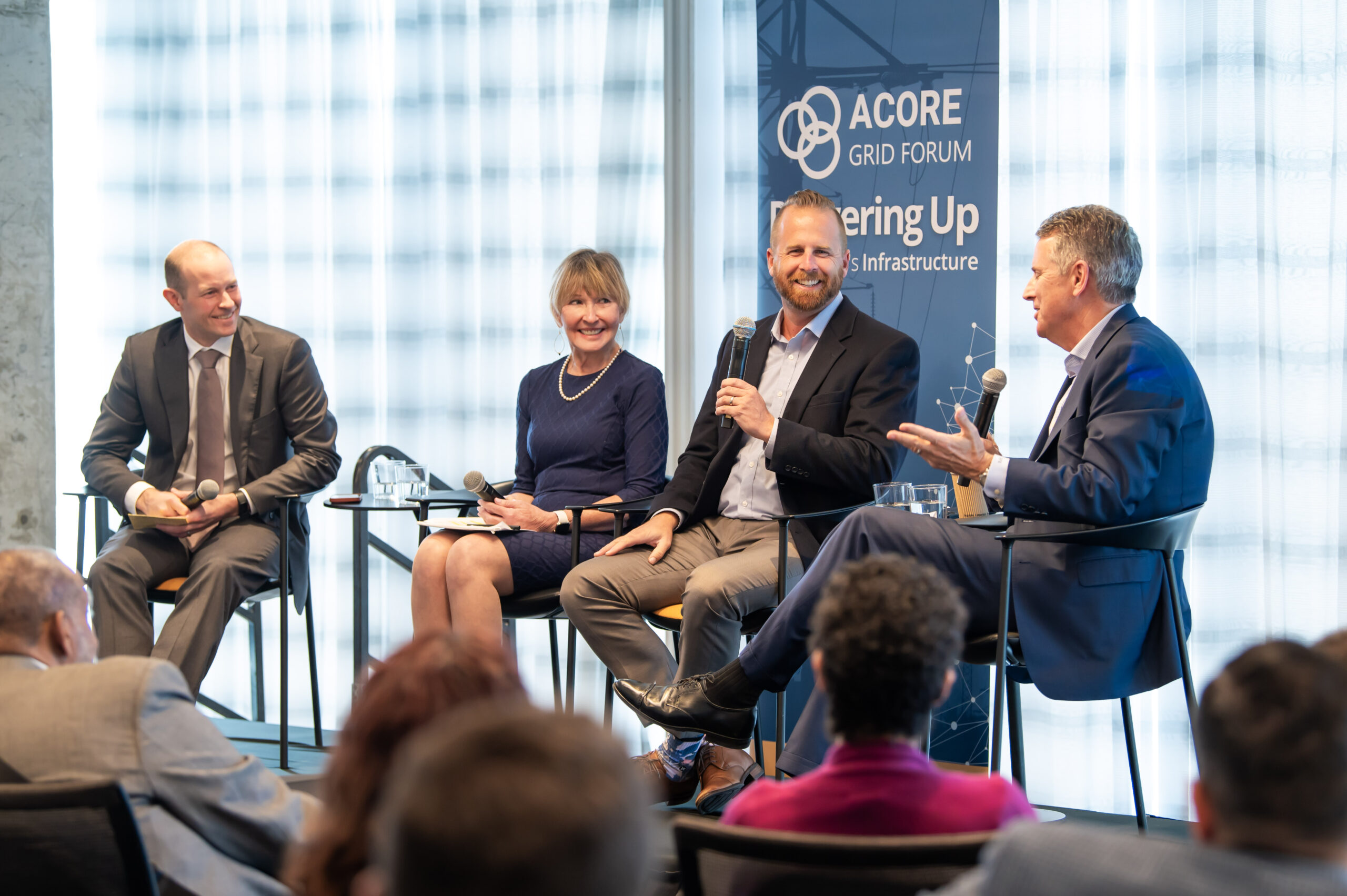
The developers also discussed ways they are working in affected communities to address the workforce shortage. One method is to partner with community colleges to ensure there are career paths for local professionals living in the communities where these projects are being built. “We don’t just want these to be temporary jobs,” said Steve Caminati of Pattern Energy.
Supply chain challenges were also top of mind for panelists. Russia’s invasion of Ukraine pushed European nations to invest in grid technologies, further tightening the global supply chain and pushing delivery dates back several years. Stuart Nachmias of Con Edison Transmission called on the federal government to consider additional incentives to help drive domestic production of critical grid components.
“We really need to think through how this is going to unfold because the need is only growing,” Nachmias said.

Interconnection Queue Woes
FERC recently passed a rule to streamline the interconnection process for project developers. The commission has received input on various ways to reform the interconnection process beyond the scope of that rule, including recommendations related to transmission planning, noted FERC Legal Advisor Miles Farmer.
While panelists praised the new policy, they also pointed to areas of improvement to help alleviate the two-terawatt interconnection backlog comprised largely of renewable projects. The interconnection rule – Order 2023 – brings uniformity to a complex process with many regional differences, but speakers shared how additional steps must be taken to address cost uncertainty for developers.
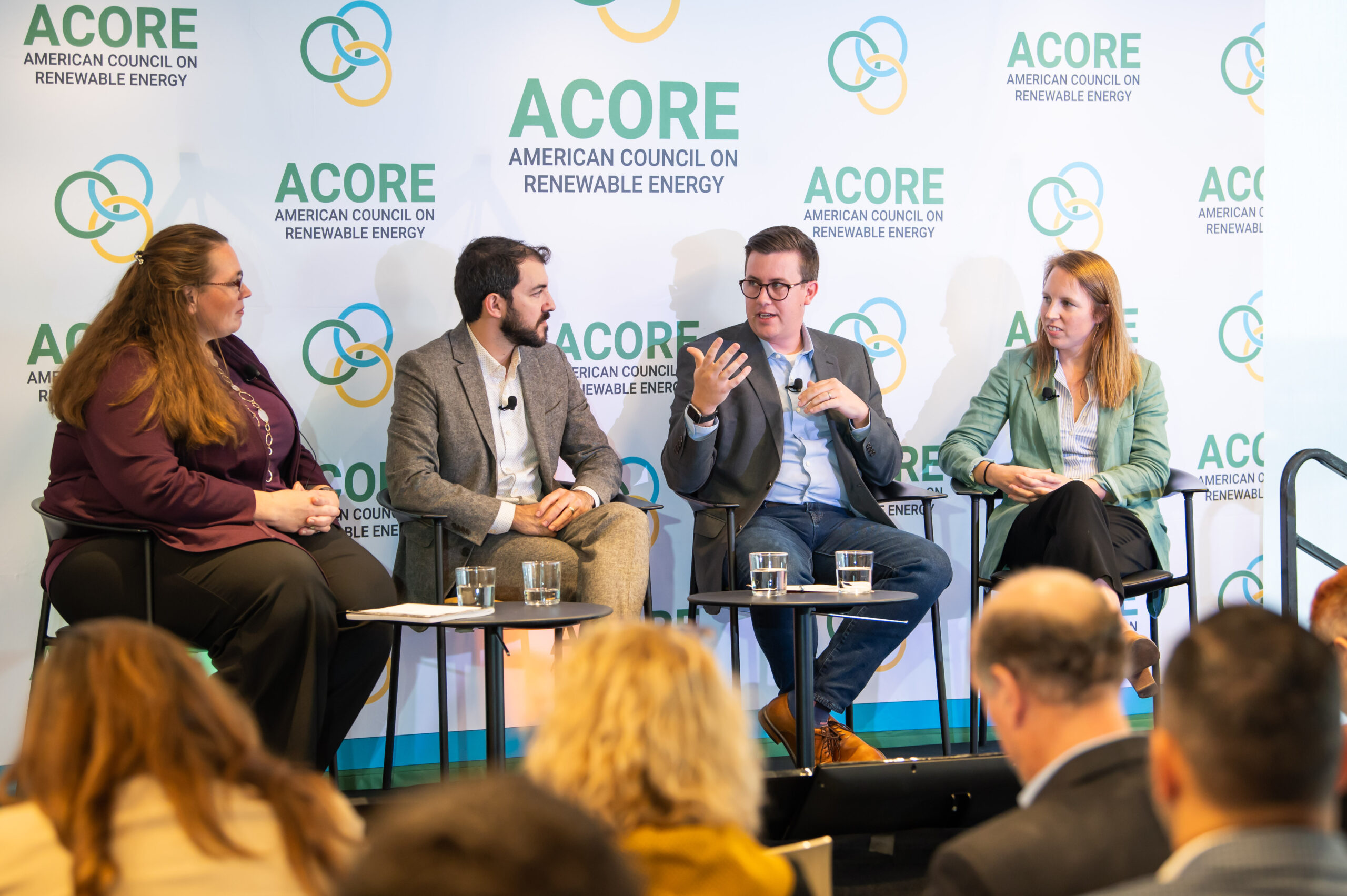
“If we can get to a place where a developer will know with almost 100% certainty what their costs are going to be before they enter the queue, I think that would go a long way to addressing the problems that we’re seeing,” New Leaf Energy’s Adam Stern said.
There is little transmission being built, leaving developers to foot the bill for expensive system upgrades in the interconnection process, Stern added. “It’s those larger upgrades that have probably more to do with systemwide issues as opposed to interconnection needs…Those are also the ones that are going to cause a project to withdraw at a later stage, which then creates a cascading impact of restudies and further delays.”
Limited transmission capacity adversely affects large power consumers, like Google, as well. While there is a dramatic increase in load growth in some regions, few projects are being connected to the transmission system. This limits buyers’ access to renewable energy, and “increasingly we’re seeing it impact our ability to actually bring new loads to the system,” Google’s George said.
With the increase in renewable energy resources seeking to come online, regulators and grid operators should rethink the interconnection study process and associated modeling in the medium to long term, suggested Katie Siegner of RMI.
Invoking President John F. Kennedy as she closed out a panel, Siegner called on Forum attendees to “ask not what the queue can do for you, but what you can do for the queue — and then we will all benefit.”
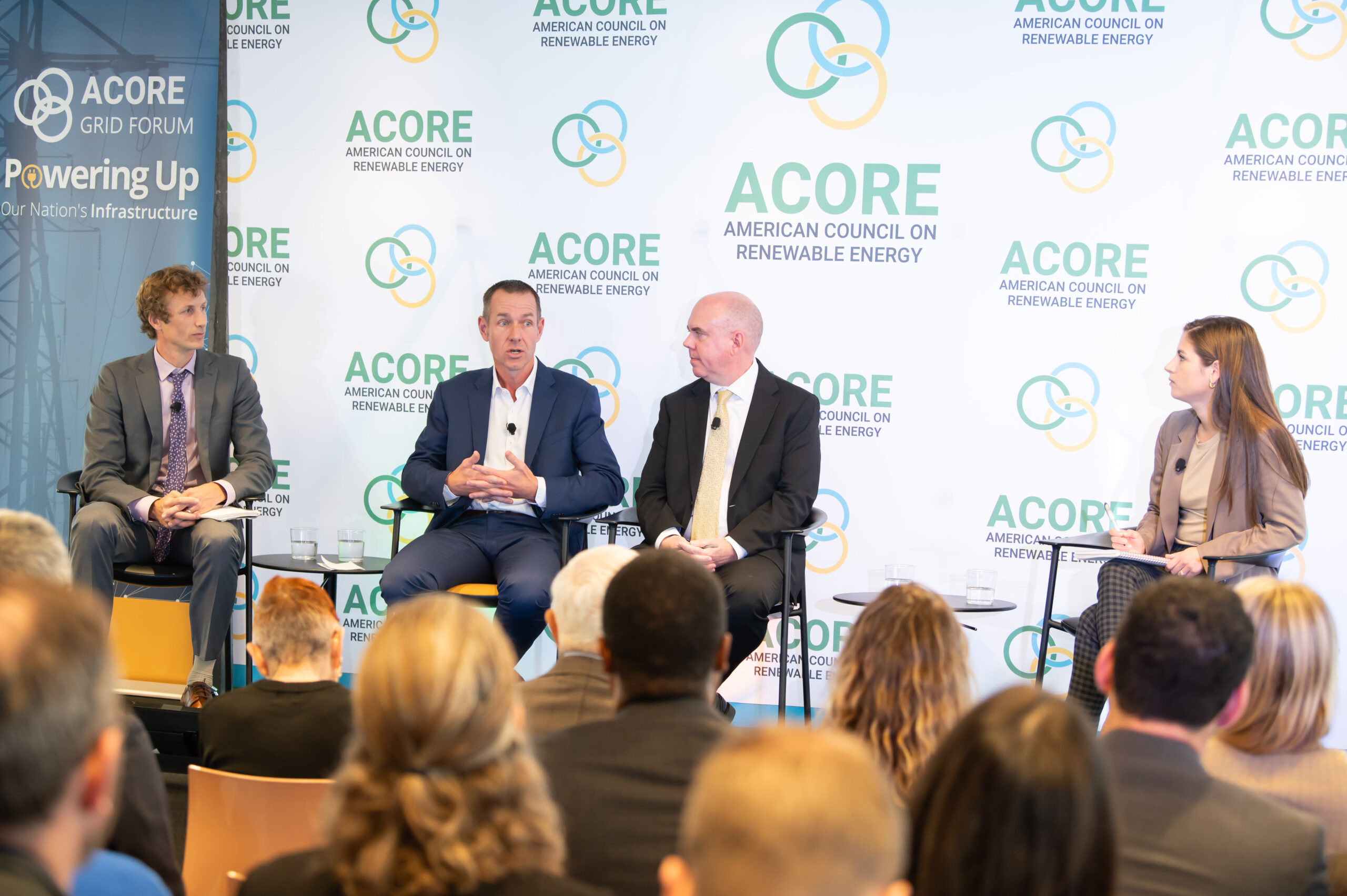
Spotlight on Grid Technologies
In addition to calls for building more transmission lines, various panelists throughout the day emphasized the need to better utilize the existing grid, namely through grid-enhancing technologies (GETs). These low-cost technologies can be deployed in the near-term, helping add needed capacity until longer-term transmission projects are developed. As Clements stated, doing the “lowest-cost stuff first” is critical before moving on to addressing interconnection challenges and building large power lines. “You cannot stand up and say that you represent consumers and their interests if you are not serious about getting grid-enhancing technologies deployed,” Clements added.
In the interconnection rule, there was “partial inclusion” of GETs, Siegner said, adding that there needs to be a “balance of requirements and incentives in place to spur their uptake.”
“The end vision, I think, is that utilities and grid operators know how to model them, understand their capabilities, and are deploying them at every turn, and that they’re kind of a default consideration in both transmission planning processes and in the interconnection queue study process when you’re thinking about network upgrade options,” Siegner added.
Panelists also discussed how Distributed Energy Resources (DERs) can bolster grid reliability and resilience. Kevin Lucas of the Solar Energy Industries Association highlighted the inherent uncertainties surrounding the technical, timing, and process aspects of DER aggregation. As the energy industry continues to evolve, understanding and managing these uncertainties will be critical to the successful integration of DERs onto the grid.
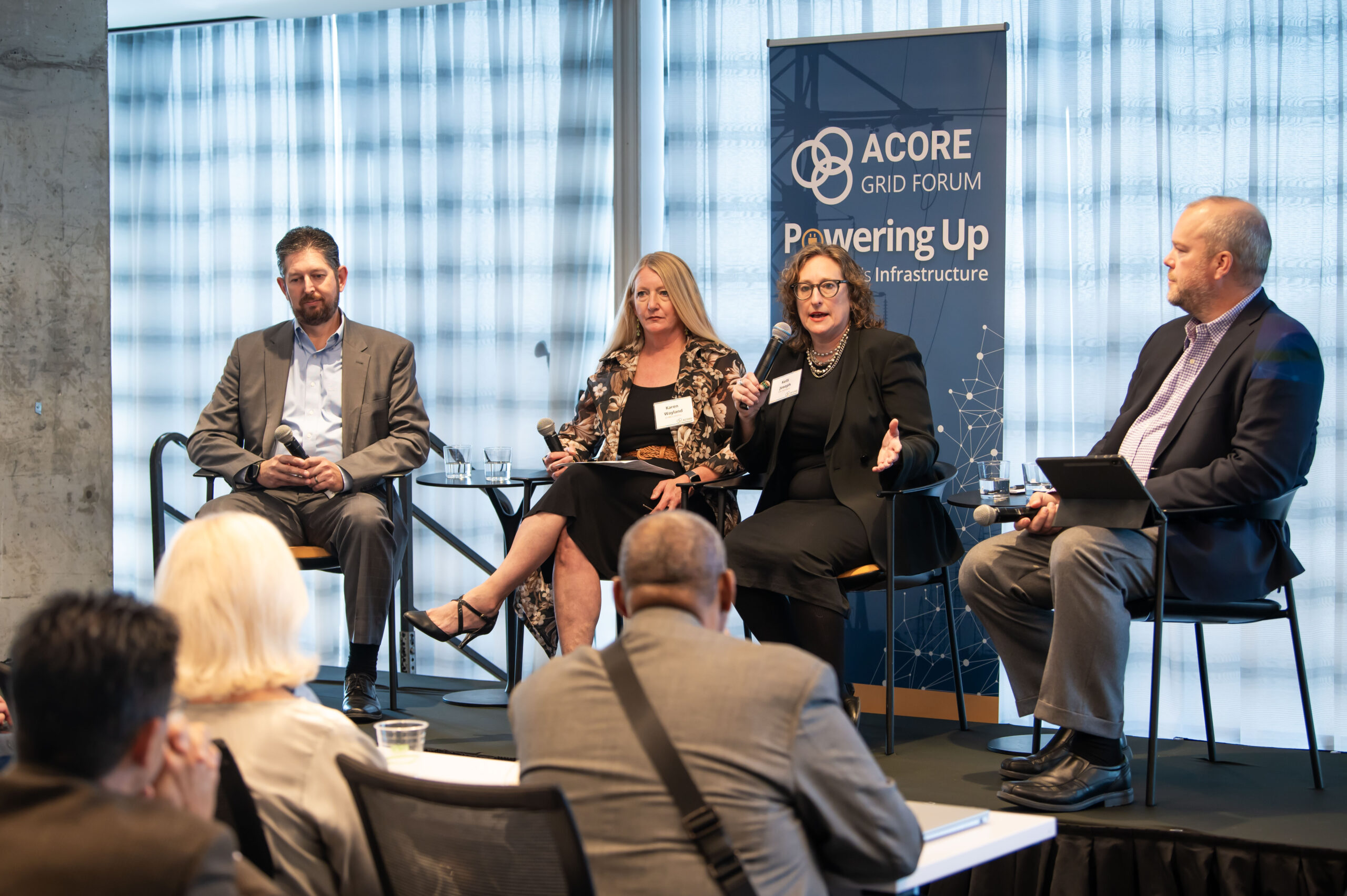
Karen Wayland of GridWise Alliance emphasized the unique positioning of DERs for rapid deployment. Their adaptability can serve as a remedy to stop-gap issues utilities might face, suggesting a future where DERs play a significant role if leveraged effectively.
Panelists also pointed to the growing importance of energy storage technologies, touting them as “low-hanging fruit” for the industry.
“Storage is a unique gamechanger in our space,” said Andrew Waranch of Spearmint Energy. “Over the next 8-10 years, I think we will exceed well over 100 gigawatts, maybe even 200 gigawatts of storage.”
Other panelists, including Mark Ahlstrom of NextEra and Jason Burwen of Gridstor, agreed and also noted the important role of the interconnection process for storage. Jennie Chen, discussing her work at the World Resources Institute, emphasized the benefits of using geothermal energy and electric vehicles to provide storage.
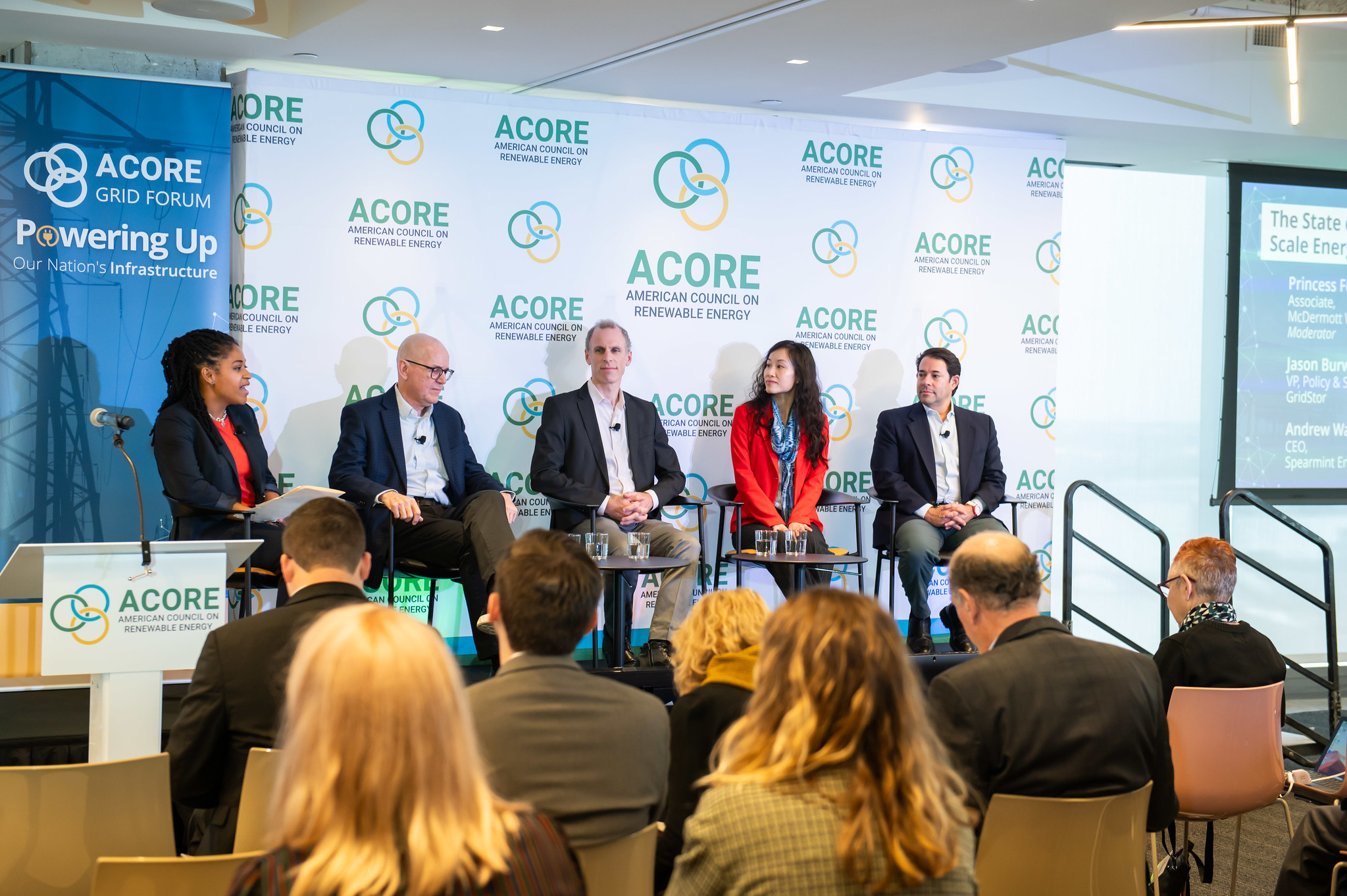
The Offshore Grid of Tomorrow
Citing an ACORE-sponsored report, Clements discussed the importance of states collaboratively planning a regional offshore grid to connect offshore wind turbines to the onshore system.
Should coastal states have to each make their own one-off transmission investments, they will waste upwards of $20 billion, the commissioner noted.
Ørsted’s Lopa Parikh highlighted the paramount importance of coordination and integration, especially when crafting interconnection points. With offshore wind consistently operating at high voltages, Parikh emphasized the pressing need for our onshore grids to evolve and be prepared.
Shifting to regulatory and financial dynamics, Nicole Pavia of the Clean Air Task Force illuminated the contrast between state and federal offshore wind deployment goals. She emphasized the adverse impact of unplanned development on project costs and coastal communities. The topic of multi-state cooperation, especially regarding cost allocation, resonated strongly.
Stephen Boyle of WindGrid delved into the complexities of such agreements, especially concerning “Who pays for what?” This sentiment was echoed by Emmanuel Martin-Lauzer from Nexans, who described cost allocation as a major obstacle in offshore transmission planning.
In weaving together these themes, the panel painted a picture of an energy future that’s not just about harnessing wind power off our coasts but doing so intelligently, efficiently, and collaboratively. The way forward, as indicated by these experts, is layered with complexities but is also ripe with opportunities for those willing to navigate them with foresight and innovation. The final panel of the day built on this point further by specifying the importance of stakeholder engagement, noting that building credibility and informing communities about project benefits is essential to their success.
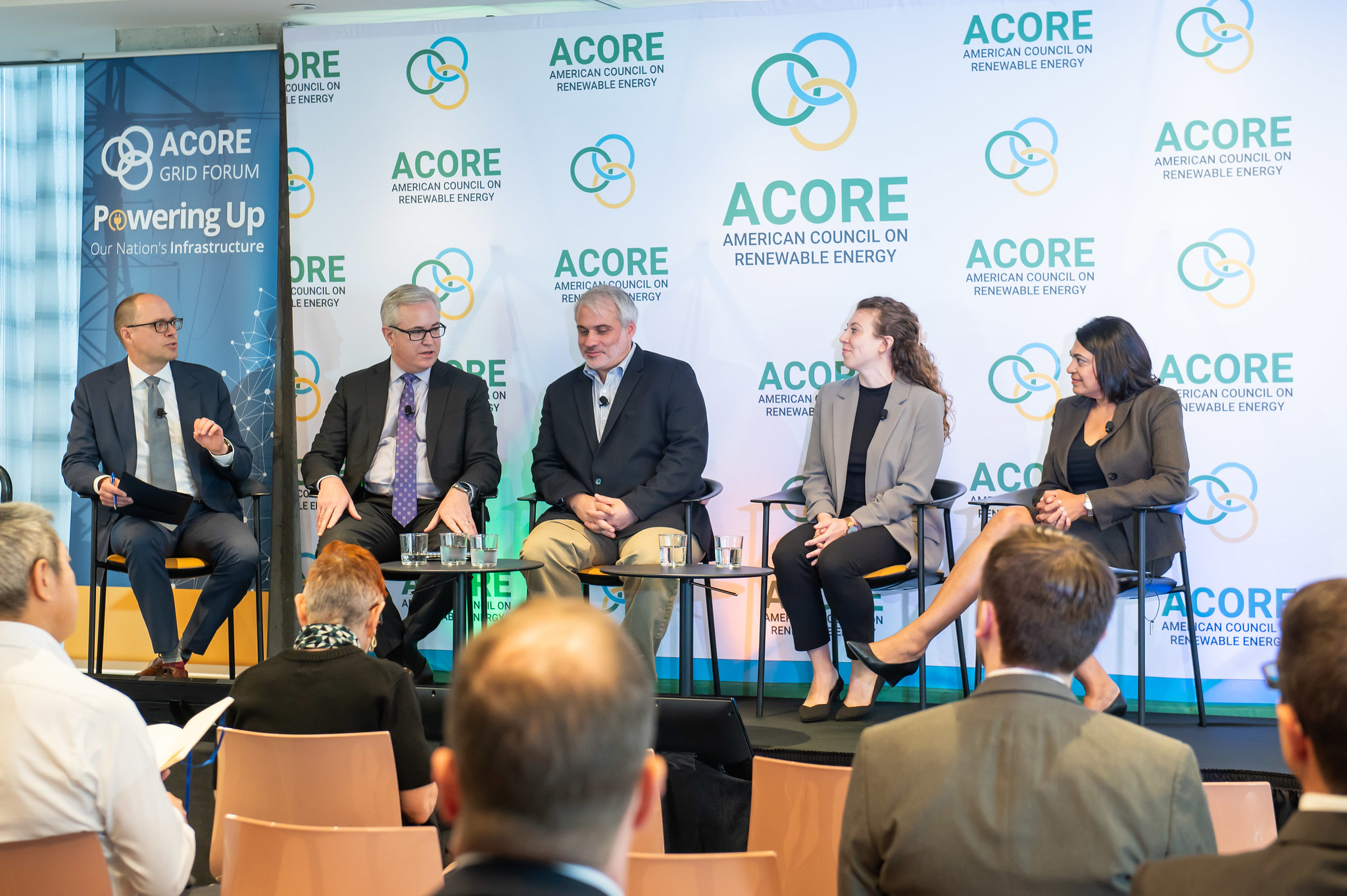
On behalf of the ACORE team, thank you to all who were able to join us at this year’s Grid Forum, with a special appreciation to our sponsors that made the event possible. A gallery of photos from the conference can be viewed here. After wrapping up the last of our 2023 signature forums, ACORE looks forward to hosting our Policy Forum and Gala on Feb. 28-29, 2024, in Washington, D.C. We hope to see you there.
Join leaders from across the renewable energy sector.

What will our next 20 years look like? Here’s the truth: they’ll be better with ACORE at the forefront of energy policy.
Shannon Kellogg
Amazon Web Services (AWS)
